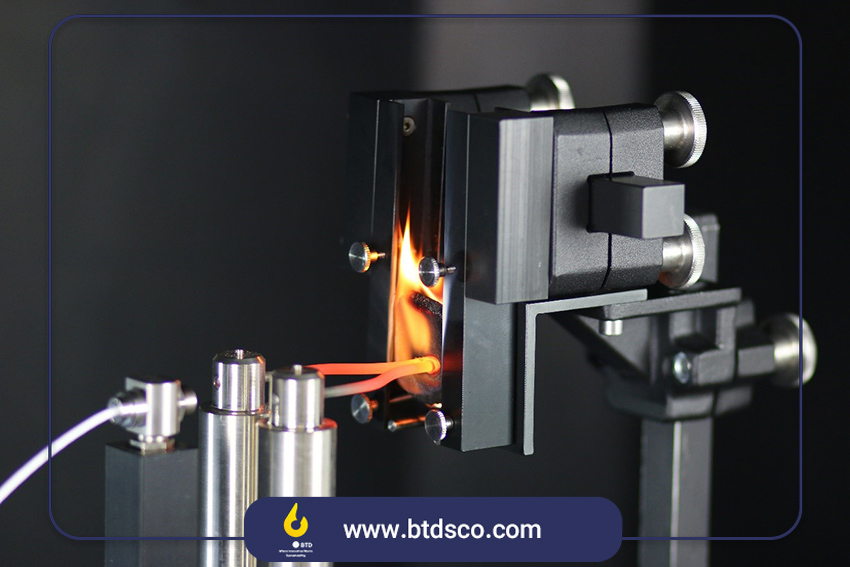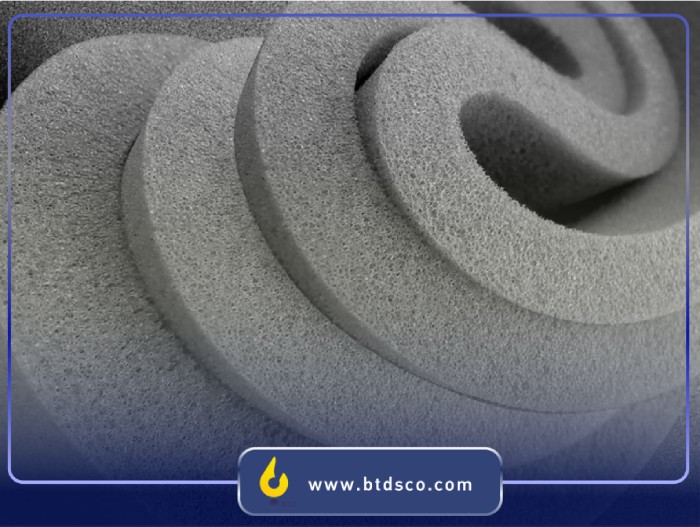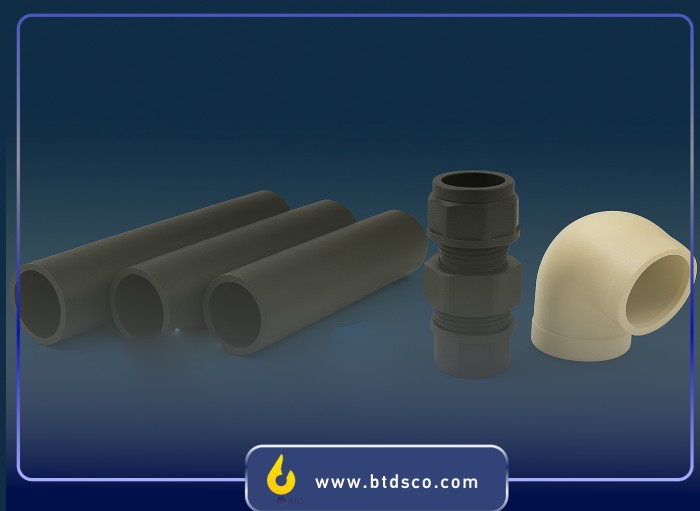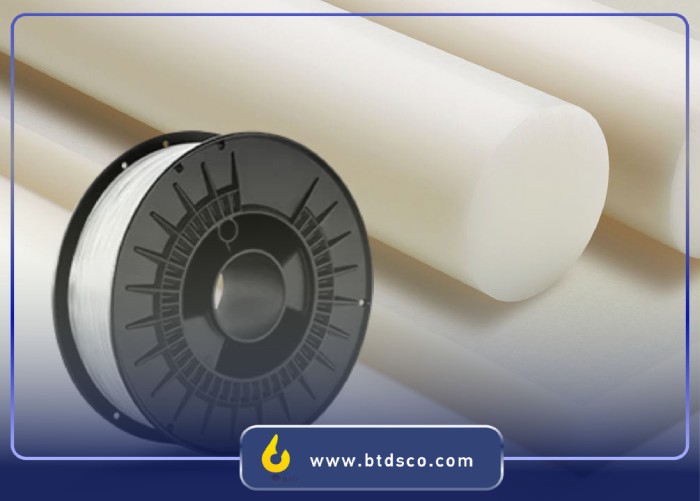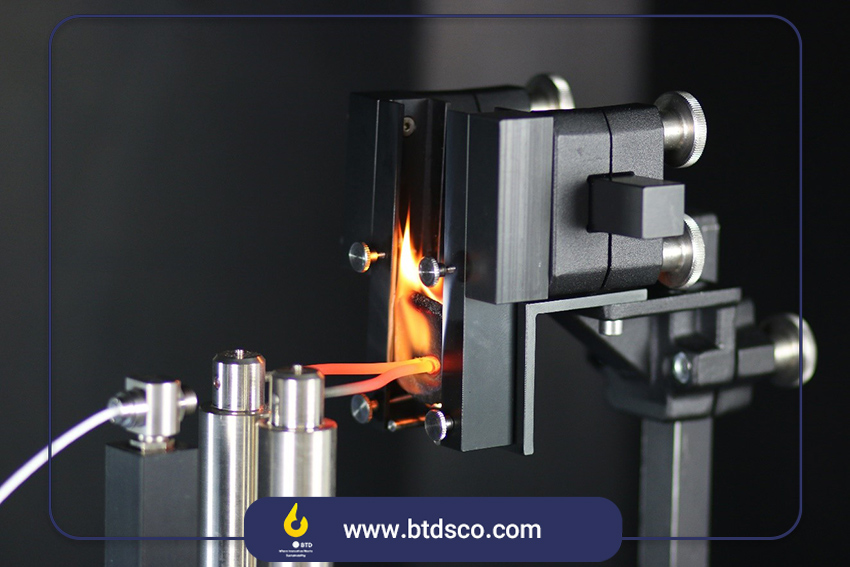What is polypropylene?
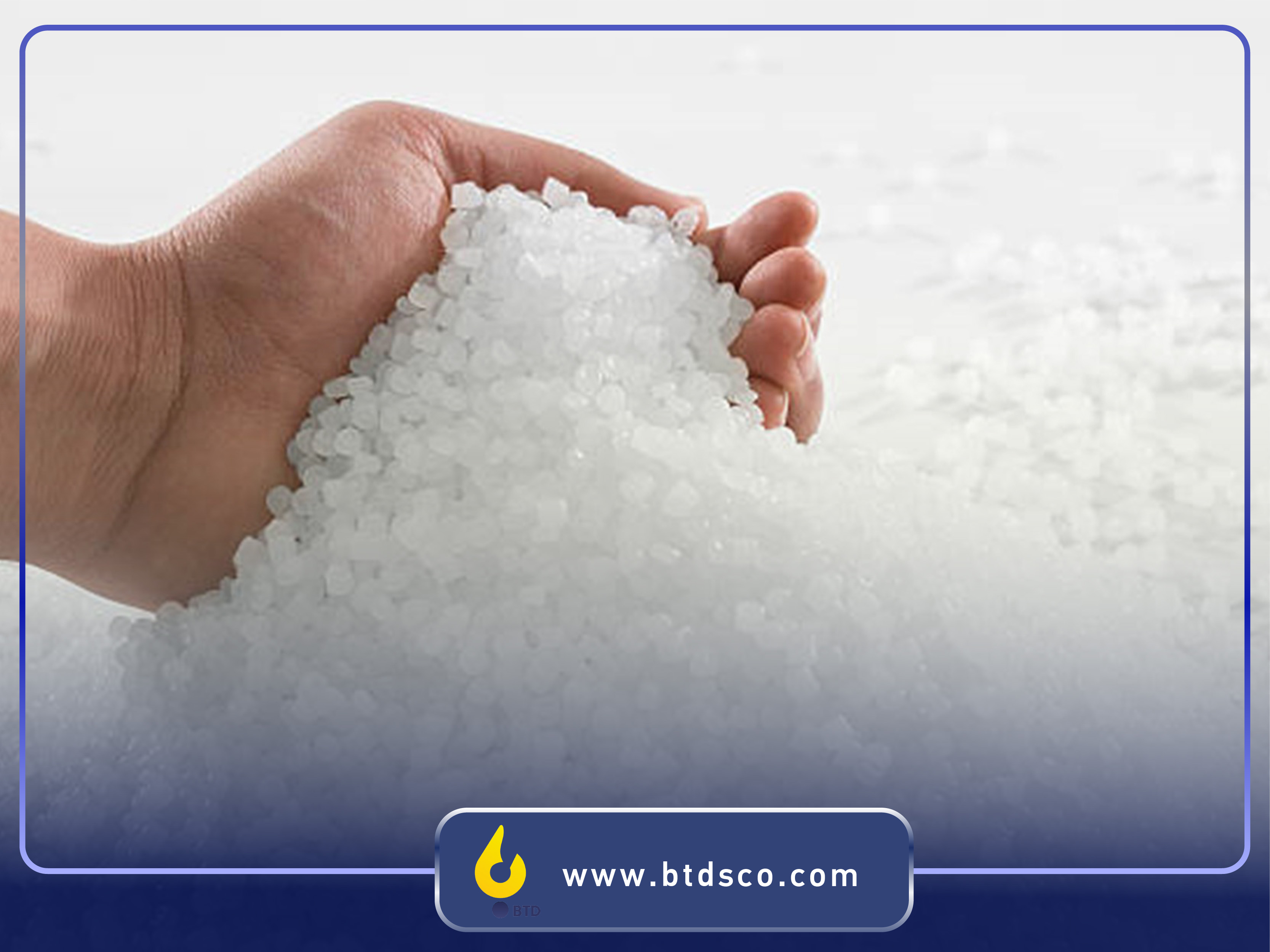
Polypropylene (PP) is a thermoplastic polymer widely used in various industries. It is made through the polymerization of propylene monomer, a simple chemical compound from the hydrocarbon family. Due to its unique physical and chemical properties, polypropylene is one of the most widely used plastics in the world.
What is Polypropylene?
Polypropylene is one of the most consumed and versatile polymers in the world. Due to its unique properties and flexibility, it holds a prominent place in various industries. This plastic, which belongs to the polyolefin family, has become one of the main options for producing diverse products due to its resistance to chemical solvents, lightweight nature, and recyclability. From the production of engine parts and vehicle interior components to electrical and electronic parts and food packaging, polypropylene has been able to meet the diverse needs of various industries with its unique properties.
With the advancement of polymer manufacturing technologies and the use of modern catalysts, polypropylene has become one of the most dynamic materials in the industry. This allows for the improvement and modification of its properties for specific applications. Therefore, this polymer is widely used in the global market both in its pure form for simple applications and as reinforced compounds for applications requiring high mechanical properties, commanding a significant share of polymer production and trade.
Types of Polypropylene
Polypropylene is a thermoplastic polymer from the polyolefin family, made from the polymerization of propylene monomer. This material is produced by polymerizing propylene monomers under specific temperature, pressure, and catalyst conditions. Catalysts such as Ziegler-Natta or metallocene play a crucial role in controlling the final properties of polypropylene, including its chemical structure, molecular weight, thermal resistance, and transparency.
Polypropylene is produced in three main spatial configurations, each with specific characteristics and applications: isotactic (iPP), syndiotactic (sPP), and atactic (aPP). Some of the standout features of this polymer include resistance to moisture, lightweight, recyclability, and cost-effectiveness. These properties make polypropylene an ideal choice for a wide range of applications, including the production of fibers, packaging films, medical equipment, and industrial parts. Thanks to its structural diversity and the ability to modify its properties, polypropylene continues to play an essential role in the development of new technologies and addressing modern needs.
Polypropylene (PP) is one of the most widely used polymers in industry, which is divided into two main categories: homopolymer polypropylene and copolymer polypropylene. This categorization is based on the polymer's composition and chemical structure, and each type has different characteristics and applications.
Homopolymer Polypropylene (Homopolymer)
This type of polypropylene is produced through the polymerization of propylene monomer alone. Homopolymer polypropylene has high tensile strength and hardness, but its weakness lies in its low impact resistance, which becomes especially noticeable at low temperatures, particularly below freezing. Due to this limitation, homopolymer polypropylene is typically used in the production of films, sheets, and textile products that require high tensile strength but do not demand high impact resistance. Products like biaxially oriented polypropylene (BOPP) films, polypropylene fibers, sacks, and straps are among the uses of this polymer. Injection grades of this material are used in applications requiring stiffness, hardness, or high thermal resistance.
Copolymer Polypropylene (Copolymer)
Copolymer polypropylene is made by combining propylene monomer with a percentage of ethylene monomer. This combination improves the impact resistance of the polymer, making it suitable for applications requiring impact resistance. However, this increased impact resistance usually comes at the cost of reduced hardness and stiffness. Adding ethylene to the polypropylene structure decreases the polymer's structural order and crystallinity, which enhances its flexibility and impact resistance. Copolymer polypropylene itself is further divided into two types:
-
Block Copolymer: In this type, ethylene monomers are placed in specific blocks along the polymer chain. This characteristic makes the polymer opaque but provides excellent impact resistance. This grade is particularly used in automotive parts like bumpers, dashboards, consoles, and batteries.
-
Random Copolymer: In this type, ethylene monomers are randomly dispersed along the polymer chain. This feature makes the polymer transparent and suitable for applications such as food packaging containers and medical equipment. To enhance transparency, nucleating agents are also used in this type of polymer.
Applications of Different Polypropylene Grades
Polypropylene, as a flexible and versatile polymer, has met the needs of various industries with its diverse grades and features. The selection of the right polypropylene type (homopolymer or copolymer) depends on the required mechanical and chemical properties and the type of application. By adjusting the monomer composition and utilizing advanced technologies, different grades of polypropylene can be optimized for specific uses.
-
Homopolymer Polypropylene: This grade is suitable for applications that require high tensile strength and low impact resistance, such as packaging films, sacks, fibers, and industrial sheets.
-
Block Copolymer Polypropylene: This grade, due to its high impact resistance, is used in automotive parts and products exposed to low temperatures or impact. It is also used in the production of plastic containers and industrial pipes.
-
Random Copolymer Polypropylene: Due to its high transparency, this grade is used for manufacturing transparent packaging containers, medical equipment, and household items.
Features of Polypropylene
This polymer, made from propylene monomer, has become one of the most popular polymer materials in the world due to its features such as lightweight, high flexibility, good mechanical strength, and excellent chemical resistance. Additionally, polypropylene, due to its non-toxic nature and excellent molding ability, serves as an ideal replacement for polyethylene (PE) and polystyrene (PS). Due to its numerous advantages, polypropylene has become one of the main materials in the production of industrial parts, packaging, household items, and medical devices, playing a crucial role in the sustainable development of various industries.
Strengths and Weaknesses of Polypropylene
Strengths:
-
Lightweight
-
High tensile strength
-
Excellent chemical resistance to acids, bases, and solvents
-
Electrical insulation
-
Fatigue resistance
-
Low water absorption and water resistance
-
Good colorability
Weaknesses:
-
Low thermal resistance
-
Low abrasion resistance
-
Low dimensional stability at high temperatures
Polypropylene
Polypropylene, due to its unique properties such as lightweight, high chemical resistance, and mechanical strength, is considered one of the most widely used polymers in various industries. Its flexibility in designing and producing diverse products plays a significant role in technological advancements and improving quality of life. Bespaar Toseeh Dowam Shimi, utilizing state-of-the-art technical knowledge and experience, is ready to provide comprehensive information and supply various grades of polypropylene for diverse industrial applications. For specialized consultation and more information about products, contact the experts at Bespaar Toseeh Dowam Shimi.
Frequently Asked Questions
What is the difference between Polypropylene and Polyethylene?
Polypropylene has higher thermal resistance and is harder compared to polyethylene. Also, due to its different molecular structure, polypropylene is less flexible but more resistant to chemicals than polyethylene.
What are the applications of Polypropylene?
Polypropylene is used in the production of automotive parts, food packaging, medical equipment, pipes, textile fibers, and plastic films.
What are the differences between the various grades of Polypropylene?
Homopolymer polypropylene is suitable for applications requiring high tensile strength and hardness, while copolymer polypropylene (block and random) is used for parts that need high impact resistance, especially in low temperatures.
Is Polypropylene recyclable?
Yes, polypropylene is a recyclable material. After use, it can be recycled and reused in the production of various products, making it an environmentally friendly material.
Recent Articles
